Connecticut’s high net worth investors, coming off a year of substantial profits from Wall Street, remain optimistic, if cautious, about 2014. There are, however, distinct differences in how and where they view investment opportunities, as compared with investors nationwide, and even compared with those in neighboring New York and New Jersey.
A newly released survey conducted for Morgan Stanley Wealth Management, found that high net worth investors – those with $100,000 or more in investable household financial assets – were both realistic and optimistic about the immediate investment horizon, according to Bradley Barber, Executive Director and Family Wealth Director for Morgan Stanley Wealth Management serving coastal Connecticut, based in Greenwich.
The survey reflects “cautious optimism,” Barker said, indicating that investors understand that the 30 percent returns of 2013 are not likely to be repeated this year, but that potential remains for solid gains. “It’s a time to navigate the waters, not pull in the oars,” Barber told Connecticut by the Numbers. “It is a market of stocks, not a stock market. The high net worth investors surveyed were prescient about the volatility in the market we’ve seen since the first of the year.”
In the New York-New Jersey-Connecticut region, 86 percent of high net worth individuals said they expect their investment portfolios to be “better” or “the same” at year-end, and 84 percent believe their financial well-being will be the same or better. At the same time, three-quarters of respondents said they were concerned about stock market volatility. Among the top concerns of investors in the region are U.S. economic prospects (86%) and the federal budget deficit (83%).
Views on Industry Investment Potential Vary
There were also marked differences in the perceptions of investment potential for various sectors of the economy. Those most favored as “good” investments nationally were technology (79% nationally, 72% in CT), energy (77% nationally, 66% in CT), bio-technology (63% nationally, 67% in CT), and pharmaceuticals (56% nationally, 61% in CT). Connecticut policy makers have devoted financial resources to strengthening the state’s bio-technology industry in recent years, which may have contributed to the stronger upbeat attitudes here towards the sector as an attractive investment option.
The rocky national roll-out of the affordable health care act, and its comparatively smooth path in Connecticut, may also have been reflected in the survey findings. Unlike the national results, thos e surveyed in the tri-state area viewed healthcare among the favored sectors for 2014 - 55% “good” in the tri-state region vs. only 45% nationally.
e surveyed in the tri-state area viewed healthcare among the favored sectors for 2014 - 55% “good” in the tri-state region vs. only 45% nationally.
Other industry sectors that have a strong presence in the state and region, however, did not fare as well. Aerospace was seen as a “good” investment choice by only 25 percent of those surveyed, both nationally and in the tri-state region. Insurance was viewed favorably by only 30 percent of high net worth investors, both in the region and nationwide. Those numbers, Barber said, should be “concerning” for Connecticut’s economic prospects.
Factors Close to Home of Greater Concern
Overall, the survey indicates that Connecticut’s high net worth investors have more concerns about internal factors, while New York residents expressed greater concerns regarding external factors, such as the possibility of terrorism or foreign entanglements. Connecticut investors were more concerned than their regional and national counterparts with regard to their families’ financial well-being or the ability to have sufficient funds to retire in their region of the country. While 53 percent of those in Atlanta and 59 percent nationally expressed concern over their families financial well-being, in the tri-state region seven in ten (70%) expressed that concern, with the highest numbers in the region in Connecticut.
 Connecticut’s high net worth investors, Barber said, are a savvy lot, reflecting greater knowledge of investments than the national numbers reflect, yet more than 7 in 10 say they consult financial professionals. Another clear distinction came in the percentage of investors who said dividend-bearing stocks are a good investment: 49 percent nationally, 61 percent in the tri-state area, and 71 percent in Connecticut. “There are clear indications that Connecticut’s high net worth investors are focused on opportunity,” Barber said.
Connecticut’s high net worth investors, Barber said, are a savvy lot, reflecting greater knowledge of investments than the national numbers reflect, yet more than 7 in 10 say they consult financial professionals. Another clear distinction came in the percentage of investors who said dividend-bearing stocks are a good investment: 49 percent nationally, 61 percent in the tri-state area, and 71 percent in Connecticut. “There are clear indications that Connecticut’s high net worth investors are focused on opportunity,” Barber said.
High net worth investors, overall, are bullish on America. In the tri-state region 61 percent of those polled said the U.S. was their first choice for a positive investment outlook for 2014, even higher than the 52 percent who expressed that view nationally. There were also differences across the country in the issues of particular concern to high net worth investors. Regarding terrorism, 82 percent in the tri-state area, 66 percent in San Francisco and 63 percent in Denver indicated concerns, for example.
As part of the national survey of 1,004 US investors, age 25 to 75, with $100,000 or more in investable household financial assets, an oversample of about 300 tri-state area investors were interviewed. Approximately one-third of those interviewed had $1 million or more in household financial assets. The poll, released on January 29, 2014, was conducted October through December 2013, by GfK Public Affairs and Morgan Stanley Corporate Communications.
Morgan Stanley Wealth Management provides access to a wide range of products and services to individuals, businesses and institutions, including brokerage and investment advisory services, financial and wealth planning, banking and lending, cash management, annuities and insurance, retirement and trust services.
 e rates were in New Jersey, 8.6 percent, New York, 8.8 percent, and the District of Columbia, 9.2 percent. Utah, Pennsylvania, and Hawaii were tied at 9.5 percent.
e rates were in New Jersey, 8.6 percent, New York, 8.8 percent, and the District of Columbia, 9.2 percent. Utah, Pennsylvania, and Hawaii were tied at 9.5 percent.

 rship of Hartford-based organizations stepped up in a way that has proven quite effective, and is gaining national recognition.
rship of Hartford-based organizations stepped up in a way that has proven quite effective, and is gaining national recognition.
 just to their new land.
just to their new land.

 The
The 

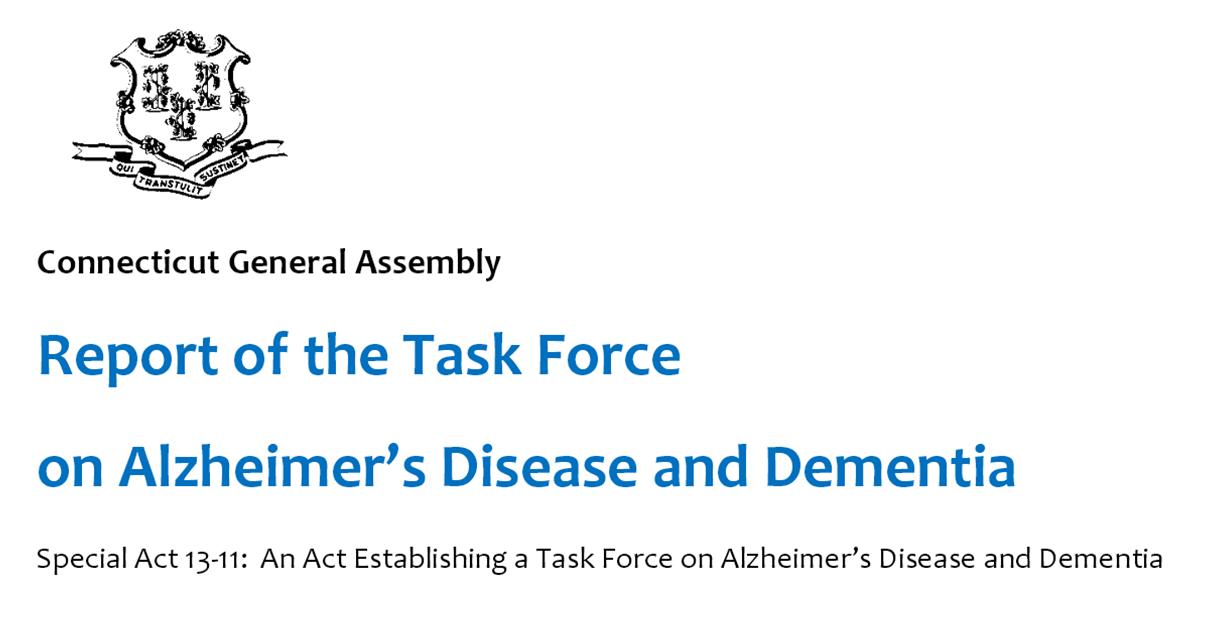 e ombudsmen, protective service employees probate judges and court personnel.
e ombudsmen, protective service employees probate judges and court personnel.
 of a “train the trainer” dementia course based on the existing Alzheimer’s Association leaders’ training, and drawing on the model of the American Red Cross’ CPR training program to offer “accessible and affordable dementia education to caregivers.”
of a “train the trainer” dementia course based on the existing Alzheimer’s Association leaders’ training, and drawing on the model of the American Red Cross’ CPR training program to offer “accessible and affordable dementia education to caregivers.” Health for homemaker and companion agencies and collaborative initiatives with the Department of Social Services.
Health for homemaker and companion agencies and collaborative initiatives with the Department of Social Services.
 e surveyed in the tri-state area viewed healthcare among the favored sectors for 2014 - 55% “good” in the tri-state region vs. only 45% nationally.
e surveyed in the tri-state area viewed healthcare among the favored sectors for 2014 - 55% “good” in the tri-state region vs. only 45% nationally. Connecticut’s high net worth investors, Barber said, are a savvy lot, reflecting greater knowledge of investments than the national numbers reflect, yet more than 7 in 10 say they consult financial professionals. Another clear distinction came in the percentage of investors who said dividend-bearing stocks are a good investment: 49 percent nationally, 61 percent in the tri-state area, and 71 percent in Connecticut. “There are clear indications that Connecticut’s high net worth investors are focused on opportunity,” Barber said.
Connecticut’s high net worth investors, Barber said, are a savvy lot, reflecting greater knowledge of investments than the national numbers reflect, yet more than 7 in 10 say they consult financial professionals. Another clear distinction came in the percentage of investors who said dividend-bearing stocks are a good investment: 49 percent nationally, 61 percent in the tri-state area, and 71 percent in Connecticut. “There are clear indications that Connecticut’s high net worth investors are focused on opportunity,” Barber said.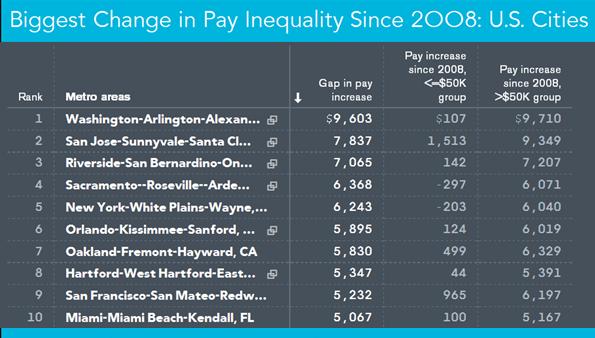
 New York metropolitan area ($6,243), greater Orlando ($5,895) and metropolitan Oakland ($5,830).
New York metropolitan area ($6,243), greater Orlando ($5,895) and metropolitan Oakland ($5,830).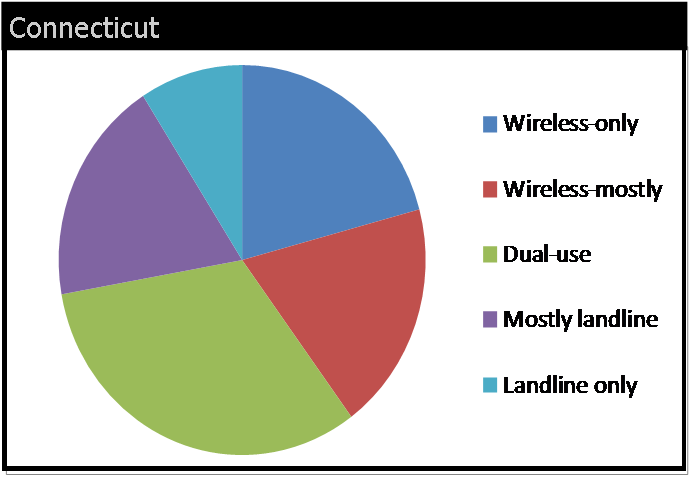
 t joined New Jersey with prevalence rates below 25 percent, including Connecticut (20.6%), Delaware (23.3%), New York (23.5%), Massachusetts (24.1%), and Rhode Island (24.9%).
t joined New Jersey with prevalence rates below 25 percent, including Connecticut (20.6%), Delaware (23.3%), New York (23.5%), Massachusetts (24.1%), and Rhode Island (24.9%).
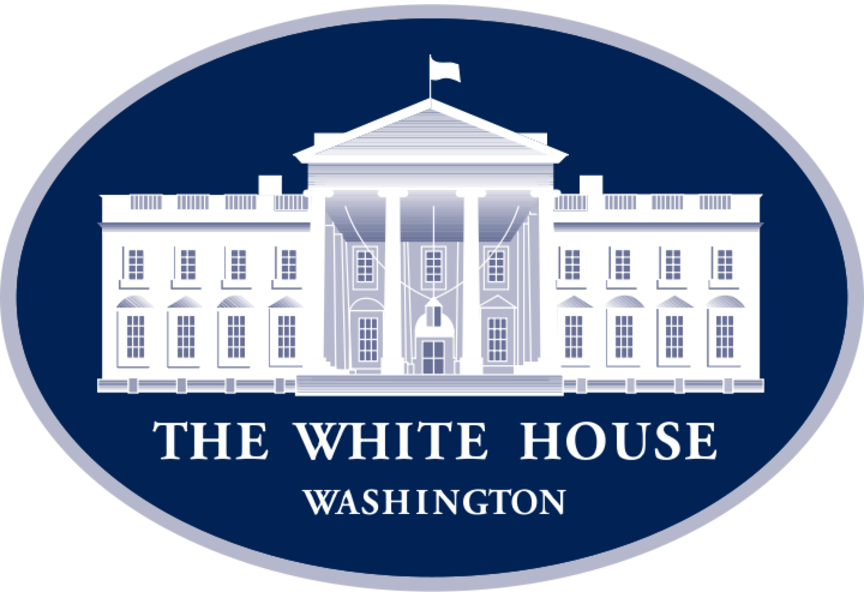 nd nonprofit officials were meeting in Washington, the University of Connecticut, the state’s flagship institution, announced that the number of high school students seeking admission to UConn’s Storrs campus next fall has jumped significantly over last year’s figures, comprising a pool of potential freshmen with even higher average SAT scores and more diversity than previous years’ applicants.
nd nonprofit officials were meeting in Washington, the University of Connecticut, the state’s flagship institution, announced that the number of high school students seeking admission to UConn’s Storrs campus next fall has jumped significantly over last year’s figures, comprising a pool of potential freshmen with even higher average SAT scores and more diversity than previous years’ applicants.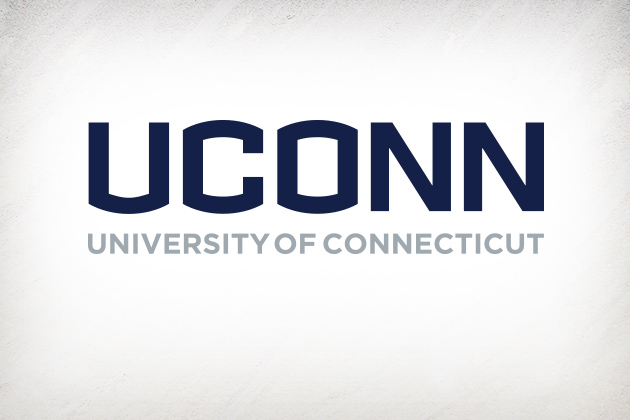 n in UConn’s commitment to diversity. Officials pointed out that the jump in UConn applications runs counter to national and regional trends in which declines in the number of high school graduates have caused many universities to see their applications and enrollments level off or decrease.
n in UConn’s commitment to diversity. Officials pointed out that the jump in UConn applications runs counter to national and regional trends in which declines in the number of high school graduates have caused many universities to see their applications and enrollments level off or decrease. ment at the community colleges fell 2.1 percent to 56,977, reflecting losses in both full and part time students.
ment at the community colleges fell 2.1 percent to 56,977, reflecting losses in both full and part time students.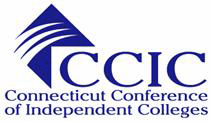
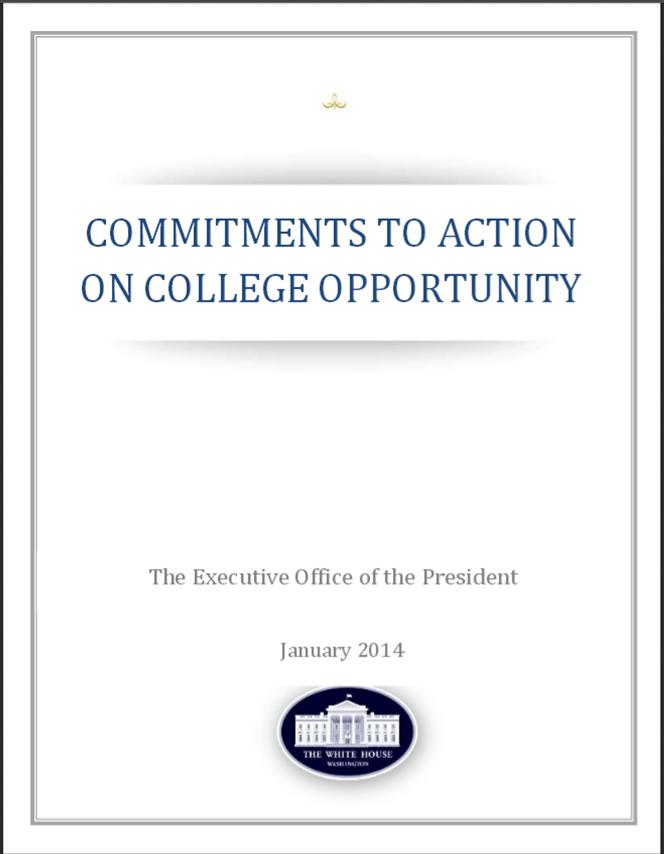 ll be hosting two upcoming events focusing on the remediation issue, the White House report indicated:
ll be hosting two upcoming events focusing on the remediation issue, the White House report indicated: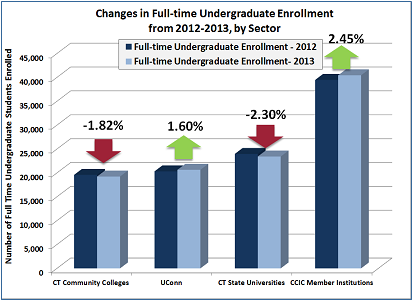 nd math) curricula.
nd math) curricula.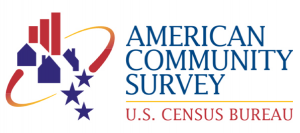
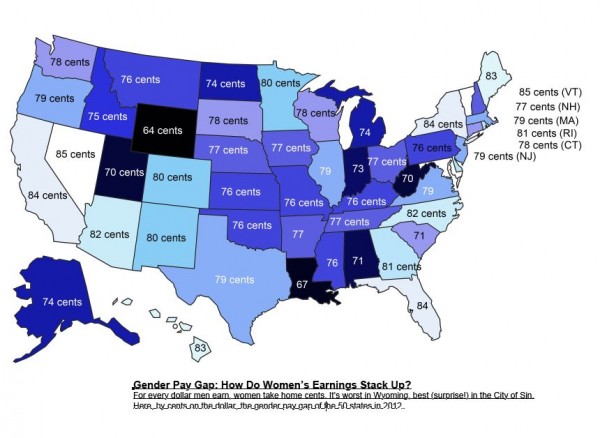 ogress is reflected in the total of 16 states in which women are now earning 80 cents or more to every male dollar, twice the count of 2010.
ogress is reflected in the total of 16 states in which women are now earning 80 cents or more to every male dollar, twice the count of 2010. wing Marion Kauffman Foundation. The
wing Marion Kauffman Foundation. The  Though they start lean, new high-tech companies grow rapidly in the early years, adding thousands of jobs along the way, according to the study findings. In fact, high-tech startup job creation is so robust that it more than makes up for the job destruction from early-stage businesses failures – a key distinction from the private sector as a whole where job losses from early-stage failures turns this group into net job destroyers, the report indicated.
Though they start lean, new high-tech companies grow rapidly in the early years, adding thousands of jobs along the way, according to the study findings. In fact, high-tech startup job creation is so robust that it more than makes up for the job destruction from early-stage businesses failures – a key distinction from the private sector as a whole where job losses from early-stage failures turns this group into net job destroyers, the report indicated. in the report, observed that “Each of the high density metro areas has one of three characteristics, and some have a combination of them all: 1) They are well-known tech hubs with highly skilled workforces, 2) They have a strong defense or aerospace presence, and 3) They are university cities.”
in the report, observed that “Each of the high density metro areas has one of three characteristics, and some have a combination of them all: 1) They are well-known tech hubs with highly skilled workforces, 2) They have a strong defense or aerospace presence, and 3) They are university cities.”

























